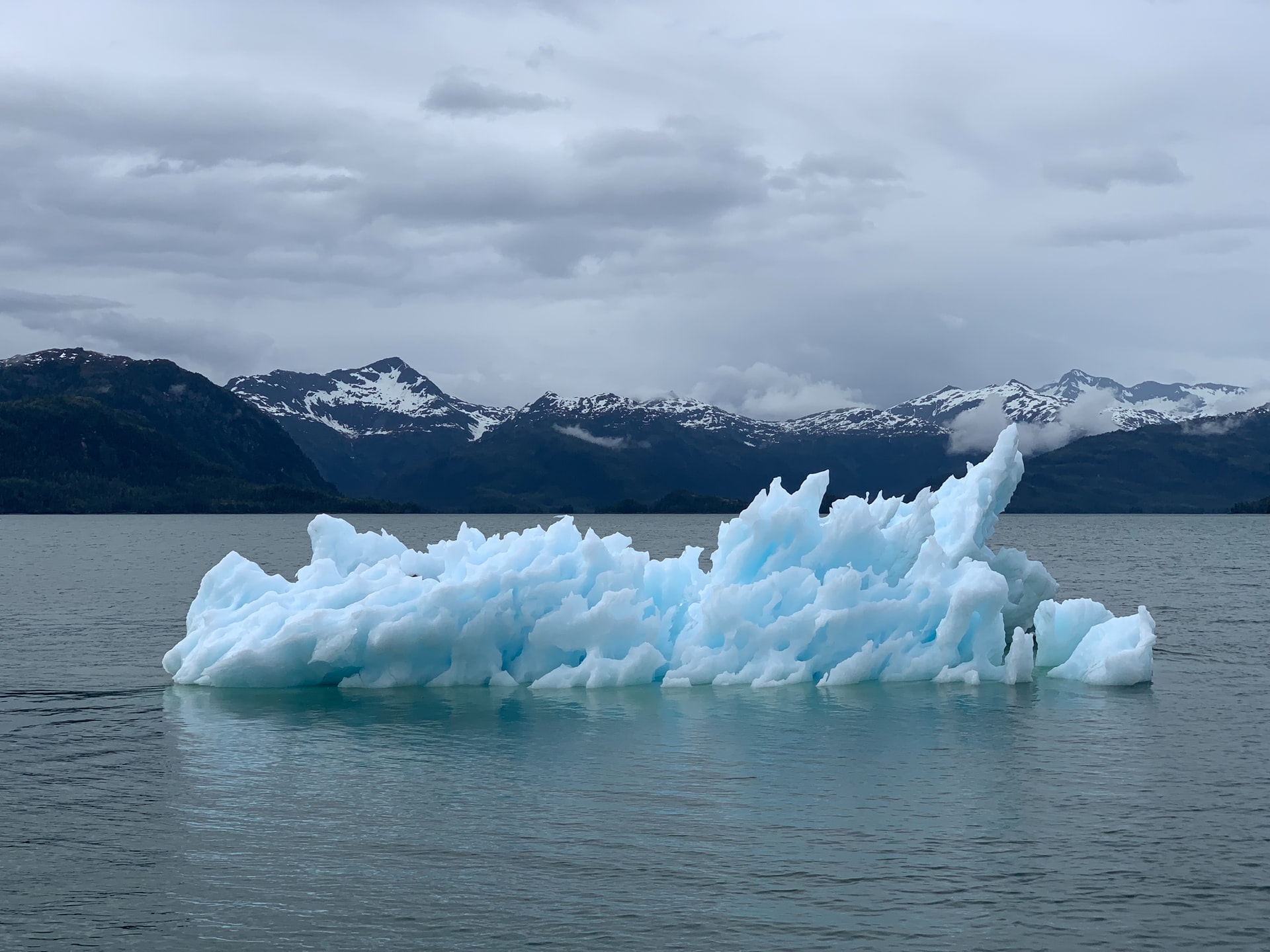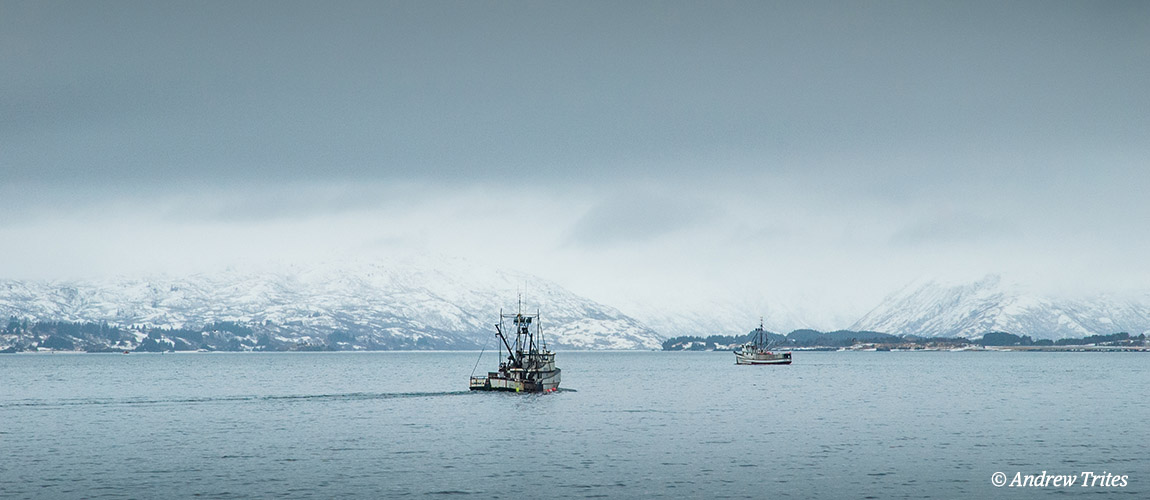Small island developing states (SIDS) are typically characterized by being environmentally and socio-economically vulnerable to disasters and climate change. Additionally, they often have limited resources for freshwater provisioning services. This article presents an assessment of disaster risk and water security-related challenges in SIDS focusing on three major dimensions: (a) how disaster risks are perceived and addressed in the SIDS context using a case study method, (b) analyzing the current status of water security in these regions using an indicator-based approach and (c) assessing gaps and needs in institutions and policies that can facilitate sustainable development goals (SDGs) and targets, adaptation and resilience building in SIDS. In this regard, information on all SIDS is collected to be able to distinguish trends in and between SIDS based on amongst others geographical location and characteristics. This synthesis noted two key observations: first, that in SIDS, the number of disasters is increasing at a higher rate than the global average, and that the frequency and intensity of the disasters will likely increase because of climate change. These combined factors will impact SIDS on the societal level and on environmental levels, reducing their adaptive capacity, resources, and resilience. Second, most SIDS are already water-scarce with low groundwater volumes. Because of increasing demand (e.g., population growth and tourism) and decreasing supply (e.g., pollution and changes in precipitation patterns) freshwater resources are becoming increasingly limited, often suffering from the spillover effects of competing and conflicting uses. Threatened ecosystems and limited economic resources further influence the adaptive capacities of communities in SIDS. In this light, key solutions to address disaster-risk and water security-related challenges can be found by sharing best practices and lessons learned—from examples of good governance, integrated policies, improved community-resilience, and capacity-building. Added to their fragile situation, SIDS struggle to find enough funding to put their development plans, programs, and policies into action

